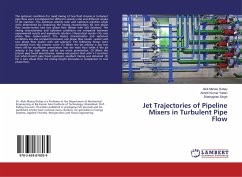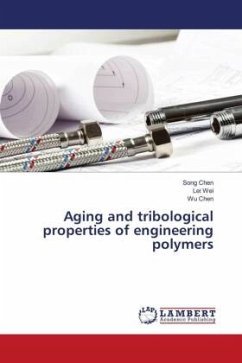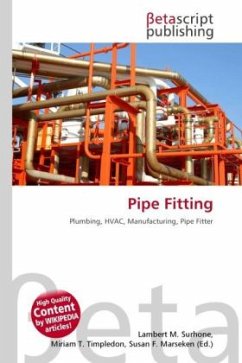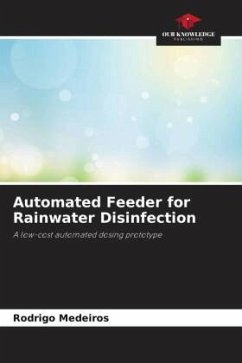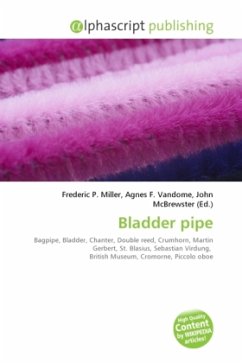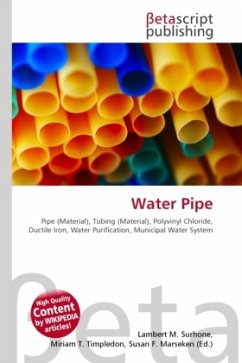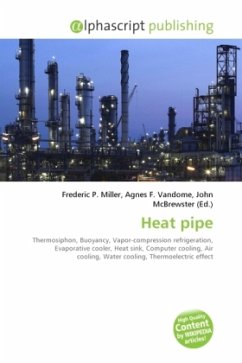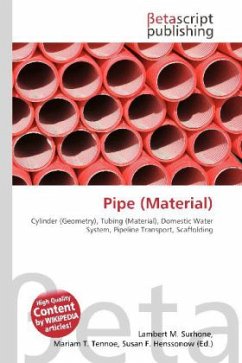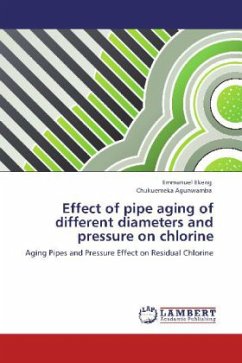
Effect of pipe aging of different diameters and pressure on chlorine
Aging Pipes and Pressure Effect on Residual Chlorine
Versandkostenfrei!
Versandfertig in 6-10 Tagen
32,99 €
inkl. MwSt.

PAYBACK Punkte
16 °P sammeln!
Optimizing for output had been a great task in an aging facilities, be it pipe distribution systems, water treatment plants, oil production facilities including machines, equipment and cost of replacement enormous. In the light of such, this book offers an insight into the effect of pipe ageing of different diameters and pressure on residual chlorine. A model was used in predicting the decay of residual chlorine along the aged pipes. The aim of this work was to assess the impact of service age of pipes and pressure on residual chlorine decay .The overall dissipation constant, mass transfer coe...
Optimizing for output had been a great task in an aging facilities, be it pipe distribution systems, water treatment plants, oil production facilities including machines, equipment and cost of replacement enormous. In the light of such, this book offers an insight into the effect of pipe ageing of different diameters and pressure on residual chlorine. A model was used in predicting the decay of residual chlorine along the aged pipes. The aim of this work was to assess the impact of service age of pipes and pressure on residual chlorine decay .The overall dissipation constant, mass transfer coefficient, and wall dissipation coefficient were calculated using experimental data. The application of chlorine on smaller diameters, aged galvanized iron pipes shows relatively larger wall consumption than pipes of minimum age compares to that of larger diameters. The work also shows that higher concentration of residual chlorine was observed at low pressure in smaller diameter pipes than the large ones. This work is met for the reading public, researchers, students and most especially utility and oil production managers on approach of predicting total chlorine in aged pipes.




